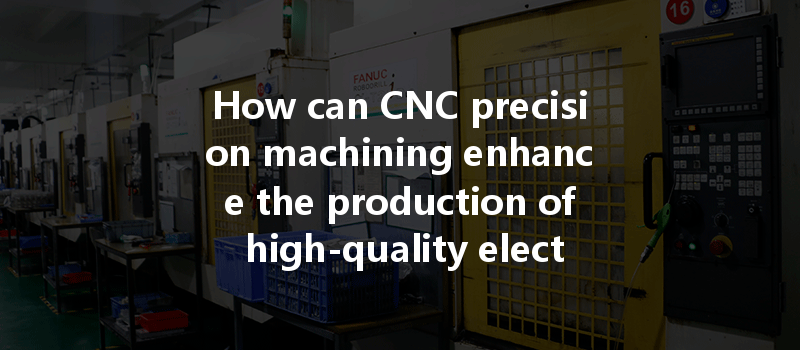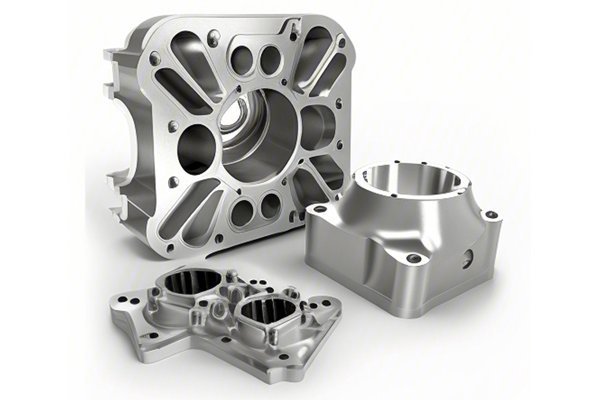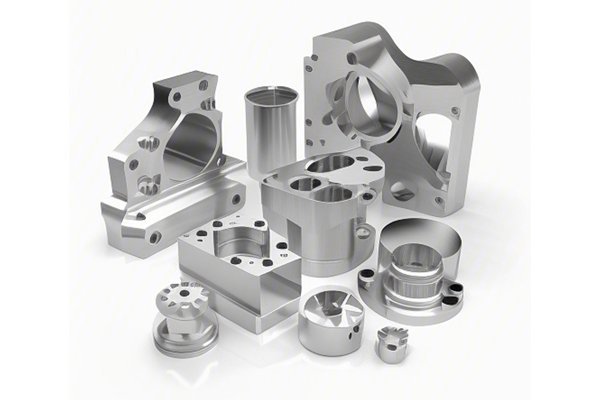Did you know that the global electronics manufacturing services (EMS) market is projected to reach over $1 trillion by 2025? As the demand for high-quality electronic products continues to surge, manufacturers are turning to advanced technologies to stay competitive. One such technology, CNC (Computer Numerical Control) precision machining, is transforming how electronic components are created, ensuring increased accuracy, efficiency, and quality. In this blog, we will explore how CNC precision machining enhances the production of high-quality electronic products and the nuances that make it an essential process in modern manufacturing.
Understanding CNC Precision Machining
What Is CNC Machining?
CNC machining is a subtractive manufacturing process that uses computerized controls to shape materials into desired forms. By translating design specifications from CAD (Computer-Aided Design) software into machine-readable code, CNC machines can provide intricate details with a level of accuracy that manual machining simply cannot achieve. This technology is widely used for various materials, including metals, plastics, and composites, making it versatile for different applications.
Importance of Precision in Electronic Manufacturing
In electronics, precision is paramount. Electronic components must meet strict tolerances to function correctly, connect seamlessly, and perform reliably. For instance, a slight deviation even in millimeters can lead to component failure, frayed connections, or inefficient power consumption. CNC precision machining addresses these challenges by guaranteeing high levels of precision throughout the manufacturing process.
Benefits of CNC Precision Machining in Electronic Production
One of the primary advantages of CNC machining is its ability to achieve high levels of accuracy. Traditional machining methods are subject to human error, which can lead to inconsistencies in the final product. In contrast, CNC machines operate based on precise calculations, which means that every component produced is designed to meet exact specifications. This level of accuracy is crucial in electronics, where components must fit perfectly in assemblies.
CNC precision machining excels in producing consistent parts. Once programmed, the CNC machine can replicate the same component repeatedly without compromising quality. For electronics manufacturers, this means they can produce large volumes of identical components, thus reducing variability and ensuring that every part meets the required standards. The same programming can be stored and reused, allowing for efficient scaling of production without quality loss.
The efficiency of CNC machines also contributes to decreased lead times in manufacturing. Since CNC machines can operate continuously without breaks, they can churn out components faster than traditional machining methods. Additionally, the automation reduces the time needed for setup between jobs. This time-saving aspect is invaluable in industries such as electronics, where market demand can change rapidly, and manufacturers need to adapt promptly.
CNC machining is not limited to just one type of material. High-quality electronic products often require various materials, such as metals like aluminum and copper, as well as plastics and ceramics. CNC machines can handle different materials effectively, allowing manufacturers the flexibility to choose the best material for each component based on performance requirements, cost, or desired aesthetics.

With the advent of CNC technology, manufacturers can produce highly intricate designs that were previously difficult or impossible to achieve. Advanced CNC machines can perform multi-axis machining, allowing for the crafting of complex geometries without necessitating multiple setups. Such complexity can be essential in electronic parts, where intricate shapes can enhance functionality while optimizing space in circuit boards or devices.
In electronics, surface quality affects not only appearance but also functionality, including electrical conductivity and heat dissipation. CNC machining allows for fine-tuning of surface finishes, with options ranging from smooth finishes to those that cater to specific electrical or thermal conductivity needs. Manufacturers can achieve high-quality surface finishes that enhance both the aesthetic appeal and performance of electronic products.
Overcoming Challenges in CNC Precision Machining for Electronics
While CNC precision machining brings numerous benefits to electronic manufacturing, it is not without challenges. To effectively utilize this technology, companies must consider various factors:
CNC machines can be a significant investment. The upfront costs can be substantial, including the machinery, software, and training required for the workforce. However, this initial hurdle becomes negligible over time, given the long-term efficiency gains and cost savings from reduced waste and faster production times.
Operating CNC machinery requires skilled personnel adept in programming and technical knowledge of CNC processes. Investing in training and education is essential to harness the full potential of CNC machining technology. Manufacturers must focus on building competency among their staff to operate and maintain these complex machines.
To maximize the benefits of CNC machining, careful design consideration is needed from the outset. Engineers must think about how their designs will translate into a CNC machining process. Design for manufacturability principles should be applied to ensure that components are optimized for machining, simplifying the manufacturing process and reducing costs.
CNC precision machining has revolutionized the production of high-quality electronic products across the globe. Its ability to offer enhanced accuracy, reproducibility, and versatility has made it an indispensable process in modern manufacturing. By embracing CNC machining, electronics manufacturers can not only meet but exceed the quality standards expected by consumers and regulatory bodies alike.
The implications of adopting CNC precision machining extend beyond improved product quality; they lead to reduced lead times, lower production costs, and the ability to innovate with complex designs. As we move forward in an increasingly competitive market, understanding and leveraging CNC technology will remain critical for electronic manufacturers. Consider the remarkable possibilities that CNC machining presents for your electronic production and think of it as not just a manufacturing process, but a pivotal strategy for success in the electronic age.
As we’ve seen, in the fast-paced realm of electronics, achieving high precision and quality is not just a goal; it’s a necessity, and CNC machining stands out as the technological backbone that will shape the future of the industry.



